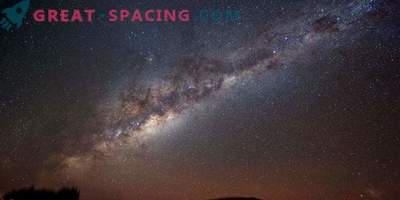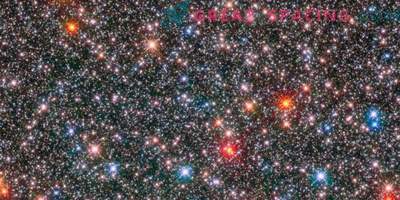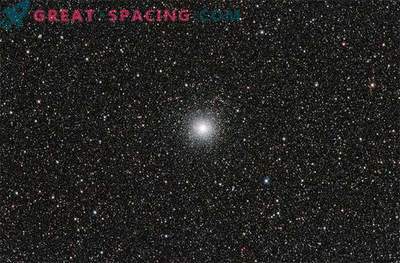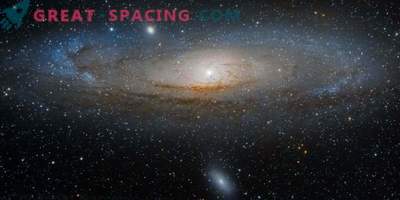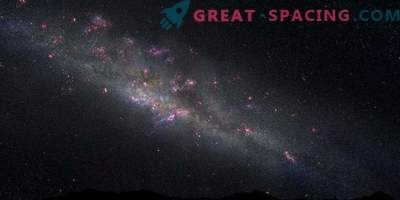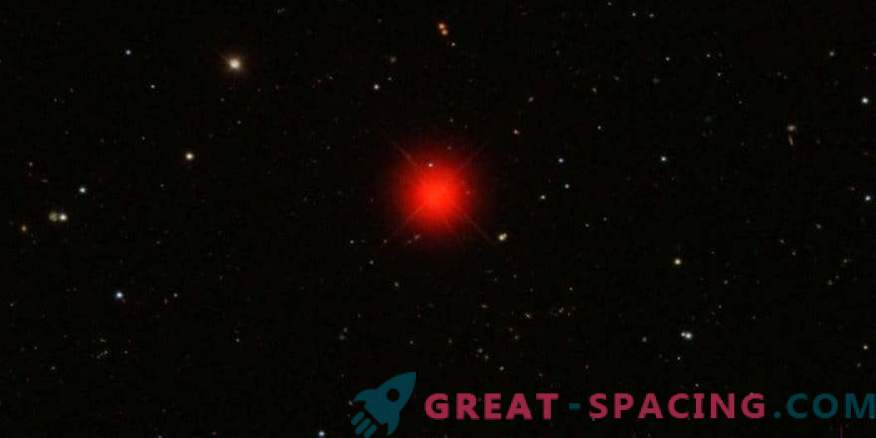
Astronomers from State University of Georgia found some of the oldest stars in the Milky Way, determining their location and speed.
Stars have life cycles: birth, adolescence, adulthood, aging and death. The new analysis focused on the oldest inhabitants - cool subdwarfs, which are older and colder than the Sun.
The age of the Milky Way is almost 14 billion years, and its most ancient stars developed during the early stage of the formation of the galaxy (6-9 billion years). They are found in the halo — a spherical galactic part, which appeared first, where the stars move in extremely elongated and inclined orbits. Younger objects move along a galactic disk along circular routes.
The researchers decided to conduct a census of the stellar quarter to quantify how many young, adult and ancient stars we have. As a distance, they took a distance of 200 light years. Such a close distance was chosen because in our sunny area there are few old stars. A 0.9-meter Cerro Tololo Observatory telescope was used for the survey. The technology of astrometry helped - the measurement of the position of stars and movement across the sky. This resulted in a 25% increase in known stars in the sunny region. Wei-Chun Yao succeeded in noticing ancient binary objects. It is rare to capture that old star has a satellite.
Yao also explained two methods for identifying old stars. The first uses a stellar location in the Herzsprung-Russell diagram. The second focused on the speed of moving across the sky. It turned out that if the indicator is above 200 km / s, then this is an ancient representative. When comparing the information from the two methods, it turned out to find another 29 new ancient candidates.
In 2018, it is expected that the search for ancient stars will become much easier with the mission of Gaia - measures the exact locations and distances to millions of stars in our galaxy. Yao believes that the ancient stars may lead to the discovery of new planets.
